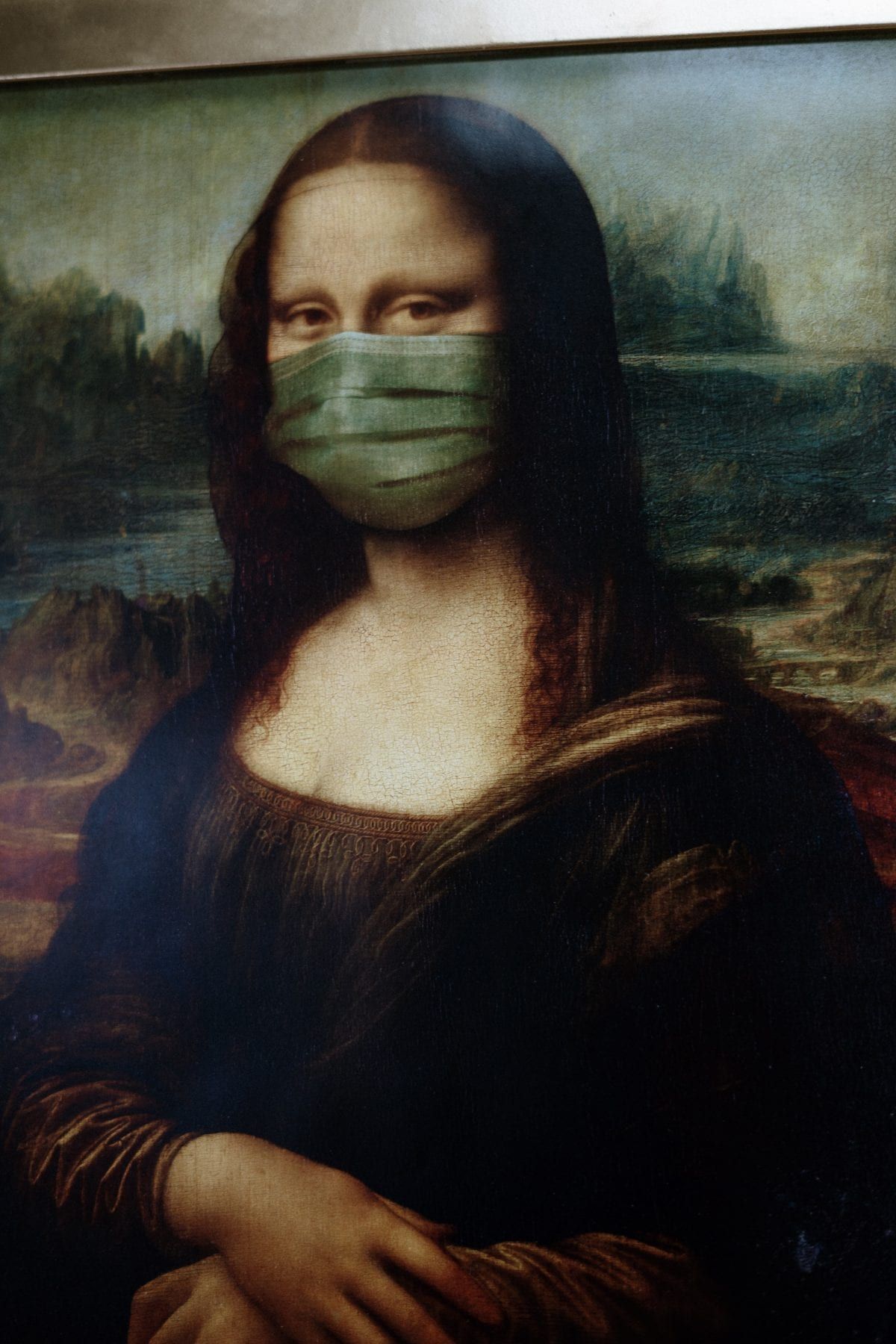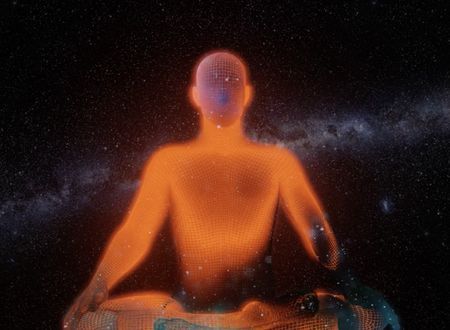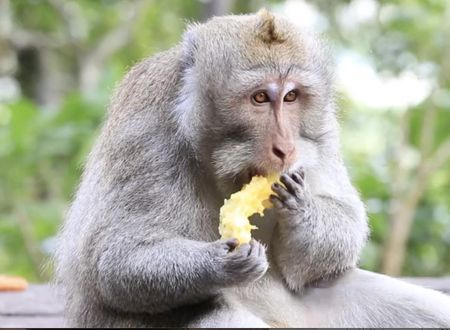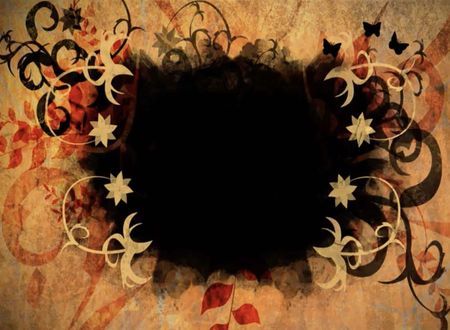The ability to communicate using facial features amongst us humans is intriguing.
For instance, the full-blown smile comprises of baring the teeth which is in turn combined with a little pull behind the ears and a slight tightening of the throat muscles. This is usually a picture of happiness or joy or some version of a positive emotion. It is also an analogy we take for granted. What is intriguing is that the baring of teeth amongst the primates, from whom we have evolved, has usually been associated with submission or aggression (teeth together or teeth apart). The human smile has apparently evolved from the former.
To put it more bluntly, an expression of recognizing someone’s superiority in relation to us has developed over eons into a normally accepted sign of happiness or kinship. Interesting.
Add to this fact that humans have almost complete control over their facial expressions (musculature) allowing us to indicate a permutation and combination of other emotional states that go with a smile say embarrassment, fear, contentment, politeness, superiority, etc. And while the smile is just an example, we could extend the context to a variety of other expressions such as anger, fear, disgust, surprise, sadness, etc. Layer them with any number of other facial expressions using the eye, eyebrow, nose, etc and there you have it- a full-blown theatre performance, literally on your face!
The existence of so much ‘drama’ has evolved from the fact that we are social creatures. Our circle of engagement comprises of those whom we relate to, individuals with whom we may share an affinity with, those whom we meet frequently as also those who we know but rarely meet. So a variety of complex situations or stimuli could arise from these associations and they could require responses that are equally varied. Thus by extension, our faces have over a period developed into billboards reflecting our states of mind or emotions. Should we choose to express them or should we choose to convey something entirely different, is a separate matter.
This ability, in my view, is extremely useful, it allows the sender as well as the receiver of these non-verbal communications to respond in a manner that they deem fit. For example, you are more likely to strike up a conversation with someone who has a smile on his face or has a more “benign” countenance versus someone who looks grumpy or irritated or angry. Similarly, should you wish to keep someone at bay on the street, you have to just dig up that aloof, not interested or lost in the expression of my thoughts.
Now, imagine a world where the access to such ‘advertising’ is unavailable or to be more precise, is masked? How would you distinguish between amiable or unfavorable signals? How would you know which aunt or uncle on the street to approach if you are lost? And how does that world even look like?
Well, for one, it has probably begun to look something like our present times.
With the protective masks or face shields becoming the new normal, an essential ability to send and receive communication has been taken away. For instance, we get away with so much with a polite smile-as a sort of nonverbal thank you or as a nonverbal acceptance of something or even a nonverbal gratitude. I for one, love to look for reactions on people’s faces while talking to them. I am trying to gauge their responses. With the masks in place- I find myself looking for other clues: voice pitches, eyes, eyebrows, other body responses like hand movements or feet shuffles- sometimes it all feels a bit weird.
There seems to be an innate need to look for some signs of nonverbal response in faces-, especially faces. It’s the one thing we are obsessed with. It must have been useful to keep count of your tribe in primitive times or before the use of language- an important indicator of sentiments. The eyes and mouth are especially emotive. According to a study by Bielefeld University in Germany, the eyes effectively reflect sadness and fear while the mouth is good at expressing happiness and disgust. What would happen if we are unable to decipher these? Would partial signals be as effective? I won’t be surprised if goggles become trendy soon. Imagine what happens then?
Back to effective non-verbal communications class 101 for all of us. And lesson number one could be SLOWDOWN.
Normally, a face can be sized up in a matter of milliseconds. The new normal might ask us to be a bit more attentive and patient while trying to pick up nuances. Voice, posture, hand movements can all be good indicators- different, but equally good. Funnily, it does seem to be the most practical time to start taking seriously the adage of not taking things at face value. All those Sherlock Holmes novels, movies, and series are coming handy, no? 😉
There was this strange experience I had the other day. A father and his daughter (who was probably between 3-4 years of age) were walking past me down the street. I chanced to look at the girl whose face was completely covered- face mask, sunglasses and a cap on her head- this was at about 7 pm in the evening. I wanted to go “aww what a sweetheart!” in my mind. But how could I have done that? What expressions could I depend on to come to this point of view?
And that is when it struck me. Lesson number 2: BEING JUDGEMENTAL.
This was a kid- of course, she was a sweetheart. She had that wonderful spring in her step as she walked hand in hand with her dad and her long ponytail moved from side to side. Her voice, from the one-sentence I overheard, as she walked past me- was full of glee! I didn’t really need a face to come to a conclusion. For a 3-4-year-old, it is highly unlikely that she could have had an entirely different emotional state behind the mask than what she was conveying otherwise. While that’s not always the case with us older folks, it’s also possibly best to let it be. We don’t always need to make instant judgments on anything (unless our lives depended on it). Us not needing to react to each and every stimuli might calm us down and may enable us to spend that time on our own selves. Our ‘jump to conclusions’ observations tells us a lot about who we are than what it reveals about others around us.
Masking is a must, but unleashing that beauty within – is up to us. What say?









Comments & Discussion
17 COMMENTS
Please login to read members' comments and participate in the discussion.